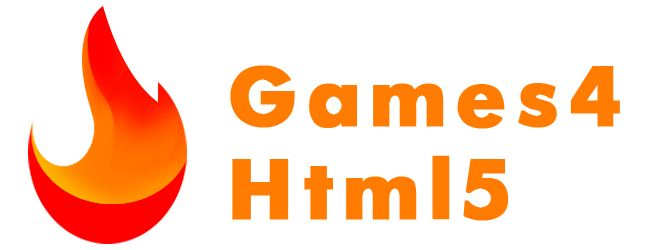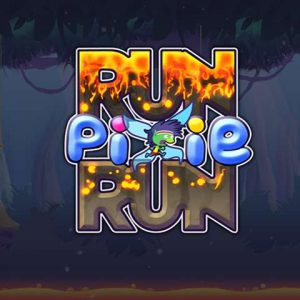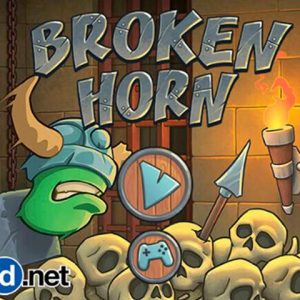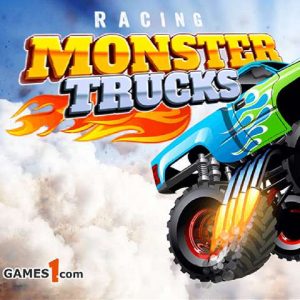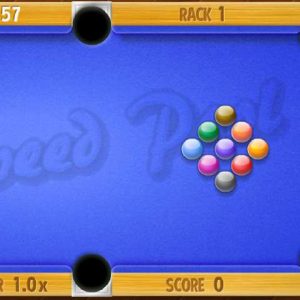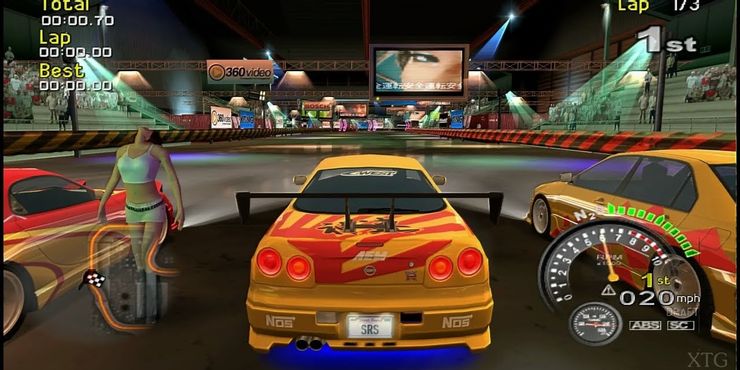Evolution of Dragon Ball Games 1986-2021
The story of Dragon Ball Games has been retold countless times in computer games, to where numerous gamer fans of the series probably know each scene by heart. Generally, games have players go through significant sagas and films, especially those of the Dragon Ball Z period, with few substantial changes to the first account.
Sometimes, nonetheless, a couple of Dragon Ball Games Unblocked go along that resist that trend. Some have recounted new stories set inside Akira Toriyama's sweeping universe, while others have returned to classic Dragon Ball Video Games storylines in new and sudden manners.
When Akira Toriyama made Dragon Ball Games, the mangaka had no clue about how famous the franchise would turn into. Today, the Newest Dragon Ball Games series remains one of the most famous and notable anime series ever. With more than 500 sections and surprisingly more episodes to its name, Dragon Ball has turned into the perfect example of action-packed shonen goodness.
In any case, some anime fans avoid the series. The long-running series can be scary for individuals who don't understand Dragon Ball yet relax; Game4HTML5 is here to help.
We've felt free to separate Dragon Ball Games for PC into its elements, isolating the franchise's manga from its anime series and a long time. Thus, if you've been interested with regards to Dragon Ball and its record-breaking run, we have the answer for you.
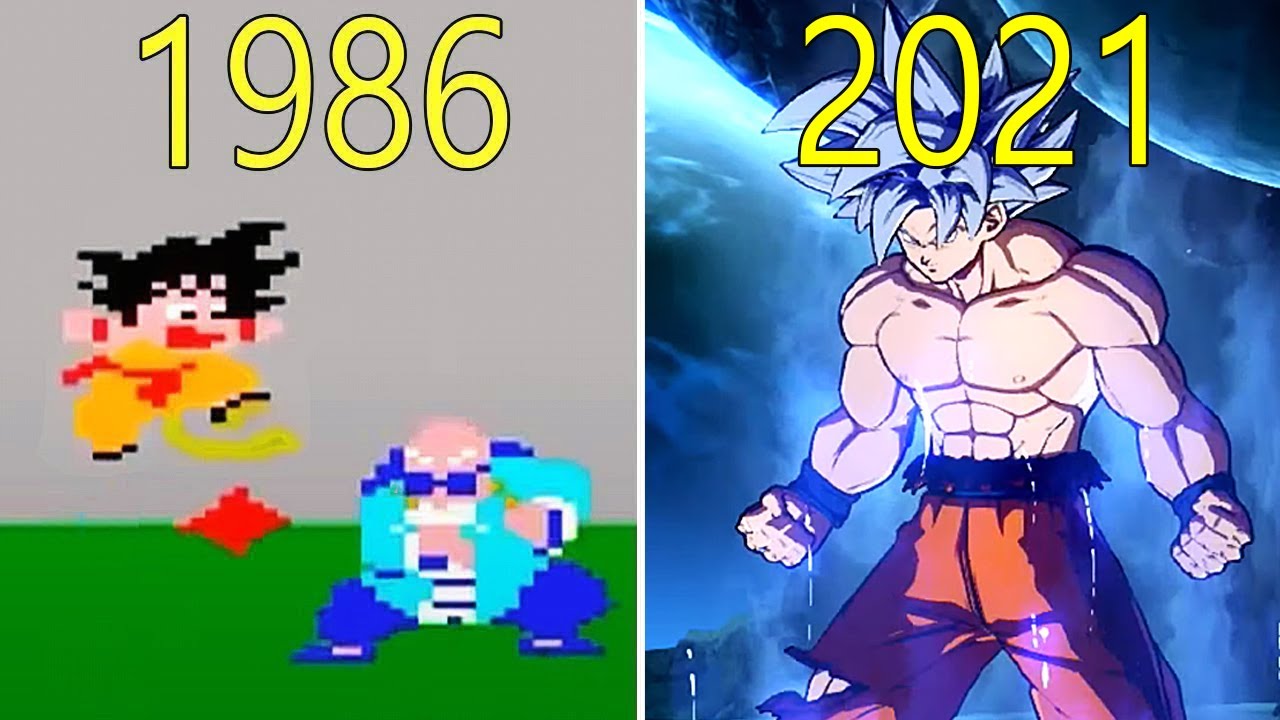
Check Out the Evolution of Dragon Ball Games 1986-2021
1986: Humble, Muscley Beginnings
A top-down shooter for the Epoch Super Cassette Vision, Dragon Ball: Dragon Daihikyō sent Goku into a fight on his cloud friend the Nimbus, entrusted with gathering the Dragon Balls by firing Kamehamehas and swinging his Power Pole at foes in a top-down shoot-em-up.
1986 - 1996: The Famicom/Super Famicom
The mid-nineties saw a large number of Dragon Ball titles on the Famicom and Super Famicom consoles, and keeping in mind that many cross-sections into a homogenous haze of 2D battling titles, there are a couple of shockingly greatadd-ons.
The Dragon Ball Z: GekitōTenkaichiBudokai was a 1992 battling game that necessary a fringe for the NES termed as the Datach Joint ROM System, which was in many ways a precursor to Amiibo.
In 1994th, the Dragon Ball Z Gaiden: SaiyajinZetsumetsuKeikakulabels, Chikyū-Hen, and the re-release, Uchū-Hen, were Japanese-restrictive card-battlers - comparative from multiple points of view to something like Slay The Spire, where the cards drawn by the player directs moves and attacks.
1996 - 2000: The 3D Era
The appearance of Sony's PlayStation during the nineties offered a new chance for the Dragon Ball Games Unblocked series - however, its change to 3D graphics wasn't generally a simple one.
The main PS1 Dragon Ball game, Ultimate Battle 22, had 3D foundations yet 2D character models and was panned basically for its uncertain controls and obsolete graphics.
The subsequent year's Dragon Ball GT: Final Bout moved to an entirely 3D contender like Tekken peers. While the person models were generally welcomed, the gameplay was not - with numerous critics noticing that flight animations were interspersed by characters simply standing inactive in mid-air.
2002 - 2010: The Budokai Years
The three Budokai games of the mid-2000s reestablished Dragon Ball Z games' public blessing. These fighting games offered retellings of the anime storyline close by an expanding number of playable characters; all demonstrated entirely in 3D - with Budokai 3 coming to 42, including characters from outside of the anime's story, like Gogeta and Cooler from the films.
The 2010s
In 2010, Dragon Ball Video Games Online was dispatched in Korea, Taiwan, Hong Kong, Taiwan, and Hong Kong following a three-year delay. But, the underlying gathering was poor, and the workers were turned off before fans outside of Asia found the opportunity to hop in.
In 2013, Bandai Namco brought the stunningly famous Dragon Ball Heroes collectible game to Nintendo's 3DS as Dragon Ball Heroes: Ultimate Mission.
2015 saw the arrival of Dragon Ball Xenoverse - a 3D brawler/RPG crossbreed that permits players to make a person and associate with the heroes and villains of the Dragon Ball universe themselves. Playing as a Time Patroller, your undertaking is to guarantee the events of Dragon Ball's past stay unchanged, which is an ideal reason to head back into anime's adventures once more.
In 2018, Arc System Works delivered Dragon Ball FighterZ, ostensibly the most incredible in the series. This 2D brawler utilizes a significant part of the cel-shaded, accessible battling format from the designer's BlazBlue establishment yet adjusts the visual style of the anime with shocking exactness. With screen-filling super moves, assorted browsers, and three-on-three battles, it sold more than 4 million copies before the end of March 2019 - and proceeded to win a lot of Fighting Game of the Year awards
This brings us up today – Dragon Ball Z: Kakarot launches today, taking the third-person battle of the Tenkaichi games, the RPG frameworks of Xenoverse, and surprisingly the stat-boosting dishes from Dragon Ball: Dragon Daihikyō to bring Dragon dash games into a new decade.
